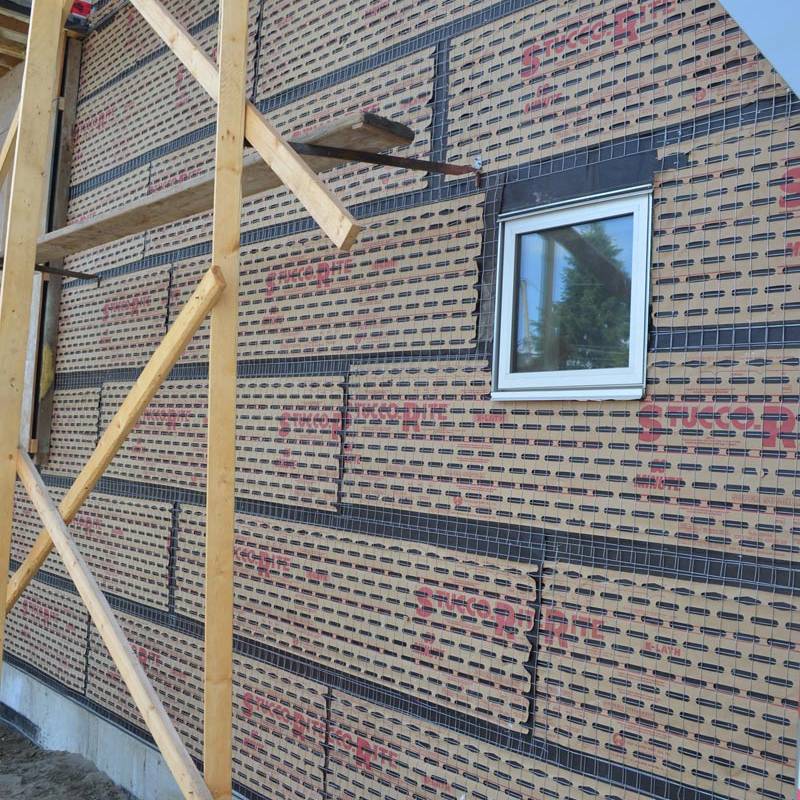
- Mobile Phone
- +8613931874955
- sales@cntcmetal.com
Horizontal Reinforcement Strategies for Masonry Structures in Construction and Design
Horizontal Masonry Reinforcement An Essential Component for Structural Stability
Masonry construction has long been revered for its durability, aesthetic appeal, and fire resistance. From ancient cathedrals to modern skyscrapers, brick, stone, and concrete block structures have stood the test of time. However, despite its many advantages, masonry can be vulnerable to various forces, particularly lateral forces such as wind and seismic activity. This is where horizontal masonry reinforcement becomes crucial. This article explores the significance, materials, methods, and benefits of horizontal masonry reinforcement.
Understanding Horizontal Masonry Reinforcement
Horizontal masonry reinforcement refers to the practice of embedding horizontal materials within a masonry wall to enhance its structural integrity. These reinforcements work by providing added tensile strength and ductility, enabling the wall to better resist lateral loads. Typical materials used for horizontal reinforcement include steel bars (rebar), wire mesh, and engineered plastic strips.
The primary function of horizontal reinforcement is to provide a stable framework within which masonry units can be tied together. This reduces the likelihood of cracking, spalling, or even collapse during extreme weather conditions or seismic events. It also helps to keep the wall's components aligned, thereby enhancing overall structural performance.
Types of Horizontal Reinforcement
1. Rebar Steel rebar is perhaps the most common form of horizontal reinforcement. It is usually embedded in mortar joints or placed in specific courses during the construction process to enhance the wall’s ability to bear loads. Rebar is highly effective due to its high tensile strength, making it ideal for reinforcing walls subjected to high-stress conditions.
2. Wire Mesh Welded wire mesh can also serve as horizontal reinforcement. It is often installed in the bedding mortar of masonry walls and provides similar benefits as rebar, helping to distribute loads evenly and prevent cracking.
3. Fiber Reinforcement This innovative technique involves the incorporation of synthetic or natural fibers into the mortar mix. While not traditional horizontal reinforcement, fiber reinforcement enhances ductility and can improve the overall performance of the masonry structure.
4. Plastic Strips Some modern engineering applications utilize plastic reinforcement strips designed explicitly for use in masonry. These options offer corrosion resistance while providing the necessary lateral support.
Installation Techniques
horizontal masonry reinforcement

Proper installation of horizontal reinforcement is vital. Generally, the reinforcement should be placed in every third or fourth course of masonry, depending on the building codes and design specifications. Adequate embedding in the mortar and ensuring proper alignment is necessary to achieve optimal performance. It is essential to consult with structural engineers to adhere to local building codes and regulations.
Benefits of Horizontal Masonry Reinforcement
The incorporation of horizontal reinforcement in masonry construction offers several key advantages
1. Increased Structural Integrity By enhancing the tensile strength of walls, horizontal reinforcement ensures that masonry structures can withstand lateral forces better, thereby increasing overall stability.
2. Reduced Cracking Lateral stresses often lead to cracking in masonry walls. Horizontal reinforcement helps distribute these stresses, minimizing the risk of cracks and ensuring the longevity of the structure.
3. Earthquake Resistance In earthquake-prone areas, masonry structures can experience severe lateral forces. Horizontal reinforcement acts as a stabilizing force, helping to keep walls intact during seismic events.
4. Cost-Effectiveness Investing in horizontal masonry reinforcement can ultimately save builders and homeowners money in the long run. By preventing structural failures, the need for expensive repairs and maintenance is reduced.
5. Versatility Horizontal masonry reinforcement can be used in various applications, from residential homes to commercial buildings. Its adaptability makes it a favorite among architects and builders.
Conclusion
Horizontal masonry reinforcement is a vital aspect of modern masonry construction, providing essential support and stability to brick, stone, and concrete structures. As the demands for safer and more resilient buildings continue to grow, understanding and implementing proper reinforcement techniques will ensure that masonry remains a preferred building method for years to come. Proper installation and appropriate choice of materials will not only enhance the durability of structures but also contribute significantly to their architectural integrity and aesthetic appeal.
share:
-
Yard Sign Stakes: Reliable Guardians of Outdoor SignsNewsAug.04,2025
-
Wall Ties: Invisible Guardians of Building StabilityNewsAug.04,2025
-
Resilient Web: The Super Guardian Power of Concrete MeshNewsAug.04,2025
-
Masonry Accessories: A versatile assistant on building foundationsNewsAug.04,2025
-
Iron Binding Wire: the 'invisible reinforcement specialist' in the fields of architecture and industryNewsAug.04,2025
-
Dynamic Spring: The diverse functions and excellent performance of Wire Tension SpringNewsAug.04,2025
-
Your Source for Concrete Wall Ties and Masonry AccessoriesNewsJul.10,2025



















